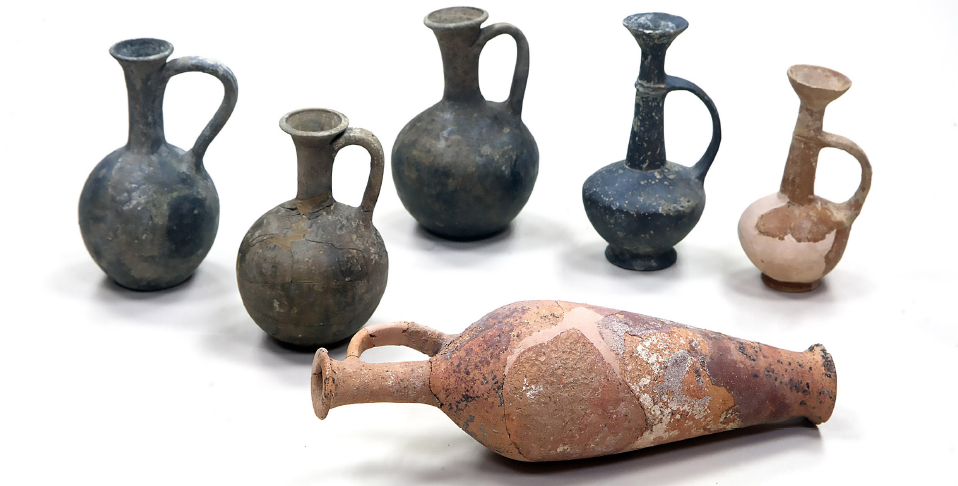
Residential Burial and Social Memory in the Middle Bronze Age Levant
Near Eastern Archaeology, September 2018, “Residential Burial and Social Memory in the Middle Bronze Age Levant” by Melissa S. Cradic (Badè Museum of Biblical Archaeology)
Disposal of the dead within occupied buildings of the Middle Bronze Age Levant, or intramural burial, offered inhabitants a way of closely interacting with the physical remains of the deceased. Residential burials provided permanent spatial connections between the living and the dead and served as loci of social memory for the intergenerational household. Drawing on archaeological evidence from Tel Megiddo, this article presents a model for residential burial and social memory focusing on the diversity of body disposal methods. Burials inside the settlement varied significantly in terms of type and architecture, body disposal methods, and grave goods. In several cases, burials were reopened periodically to reposition corpses while others were never disturbed. The author argues that the high degree of diversity within this mortuary corpus relates to differential social roles of the deceased after burial, and that mourners’ close encounters with deceased bodies transformed the status of the dead in a complex and protracted sequence of funerary rituals.

